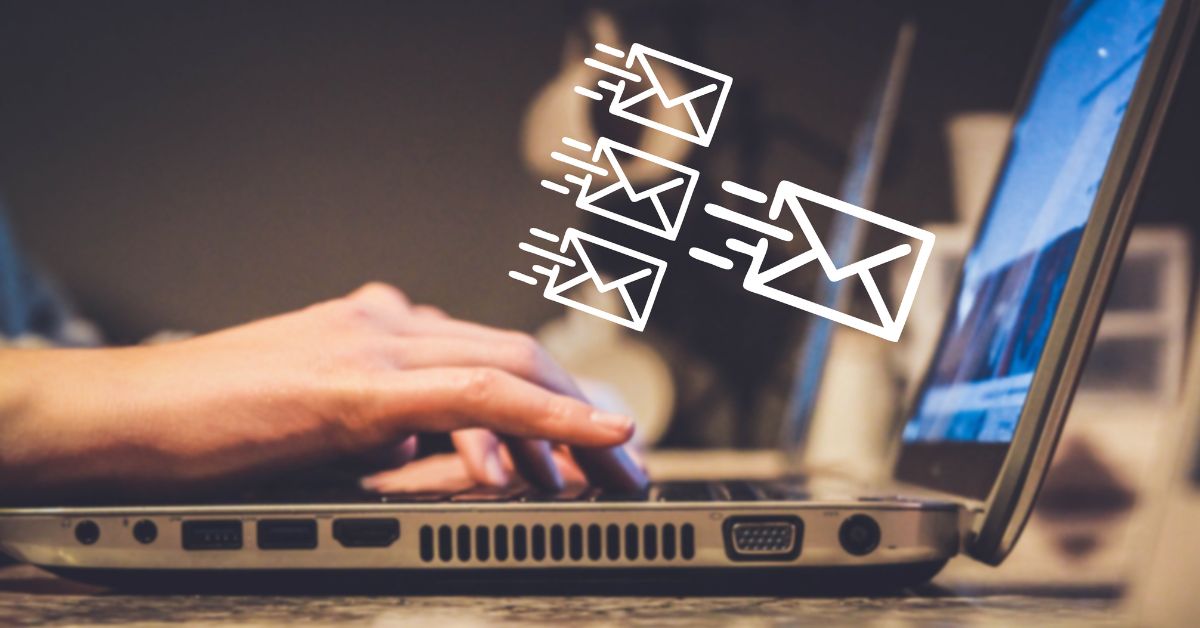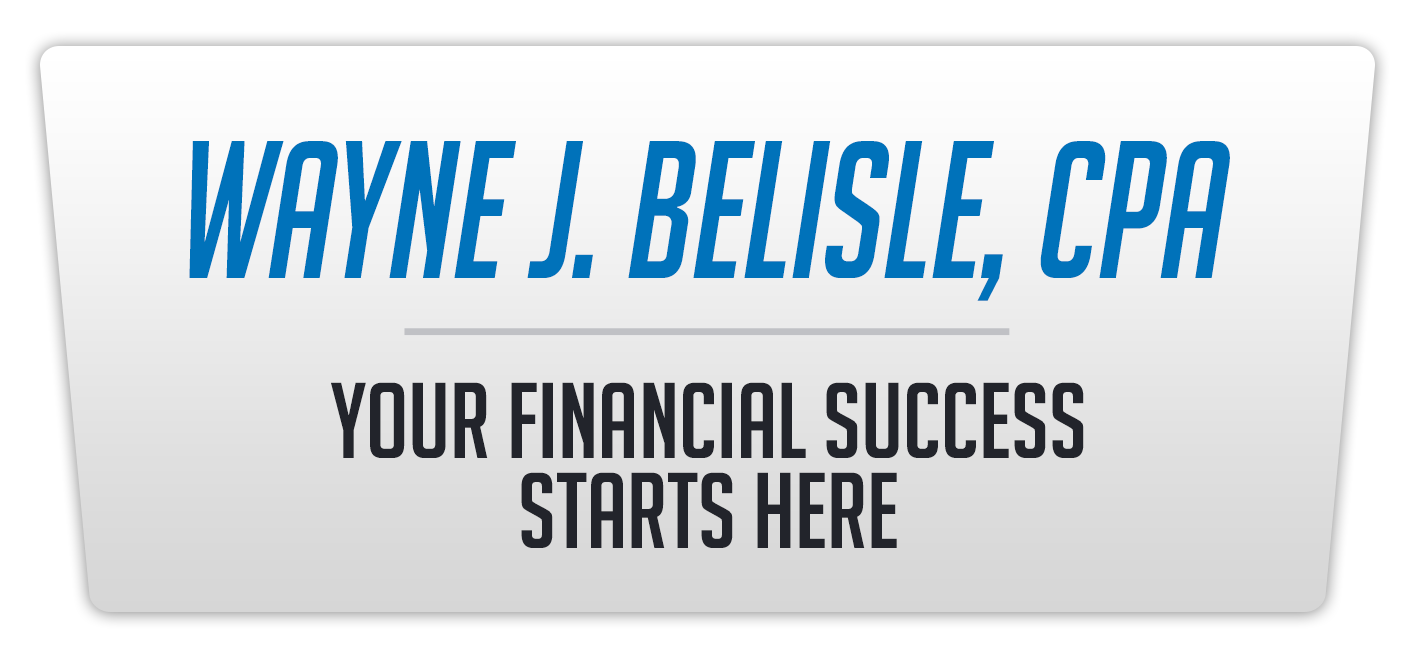 If you want an easier way to not only generate more sales but also upsell to your existing customer base, there are few strategies more effective than autoresponder email campaigns.
If you want an easier way to not only generate more sales but also upsell to your existing customer base, there are few strategies more effective than autoresponder email campaigns.
You see, once you have someone’s email address, you can start automating a major component of your business’s marketing plan. Autoresponder tools like Constant Contact and Mailchimp provide all of the designs, templates, and features you need to launch strategic email campaigns with relatively little effort.
Keep reading if you want to learn how to harness this powerful tool and increase sales in 21 days or fewer!
First, What Is an Autoresponder?
An autoresponder is a type of software that delivers automated, pre-written messages. Typically, these messages are first triggered by an initial event or notification, such as when a new prospect signs up for a coupon or monthly newsletter.
As a business owner, you can use an autoresponder to schedule a sequence of emails that walks your new prospect through your sales funnel!
How to Plan Your 21-Day Autoresponder Campaign
Ready to launch your own autoresponder email campaign that turns prospects into customers and customers into repeat customers? Here’s a simple but effective, five-email, 21-day autoresponder campaign you can set up for your business today:
Day 1: Welcome Your New Customer
The first email that should go out is a simple welcome email that thanks the individual for signing up. If they were promised a coupon or gift, be sure to include it. Then, let them know about the weekly coupons or monthly newsletter you’ll be delivering right to their inbox. Finally, ask them to provide their mailing address in exchange for a $25 gift certificate and an entry in your next email list drawing!
Day 3: Educate Them About Your Products
Your next email should feature a list of products your business offers, along with a brief description of each one. Alternatively, you could attach a copy of your store catalog or include a link to your store page. Remember, educated customers buy more!
Day 7: Remind Them About Your Main Offerings
You’re now a week into your email campaign, and your customers are at least familiar with your business and its products. Now, it’s time to remind them about your catalog by showcasing your business’s main products and services. While you’re at it, also remind them to provide their mailing address in exchange for a gift!
Day 14: Introduce Your Frequent Buyer Program
By day 14, there’s at least a chance that your prospect has already been converted into a paying customer, in which case it’s time to upsell by introducing them to your frequent buyer program. These simple loyalty programs are designed to keep customers with your business and away from your competitors.
Studies show that customers are 60% more likely to spend more money with a brand after joining their loyalty program, and guess what? Most of your favorite brands and businesses have them! Think about Starbucks’ rewards program, for example, which allows you to collect stars that can be redeemed for not just coffee but other drinks and merchandise.
If you don’t already have your own loyalty program, consider starting one. It doesn’t need to be complicated. In fact, it should be simple enough for all of your customers and employees to understand. A customer might earn a free gift after 10 purchases or receive a VIP card with special perks once they spend a certain amount of money at your business.
Day 21: Tell Them About Your Referral Program
Assuming that the prospect is now a paying customer who knows, likes, and trusts your business, it’s time to invite them to your referral program.
Of course, jaw-dropping customer service is the best referral program you can have, but it doesn’t hurt to offer an incentive for getting the word out. This incentive could come in the form of a gift certificate per referral or entry into a big prize drawing.
You might be wary of sinking a large amount of money into your referral program, but compare the cost of the incentive to the total lifetime value of a new customer. You might pay $500-$2,000 to raffle off an iPad or computer, for example, but suppose your campaign brings in 20 new referrals, each with a lifetime value of $2,500. Assuming 50% costs, that’s an additional $25,000 of net profit you’re generating for your business—all for the cost of a “big-ticket” item!
